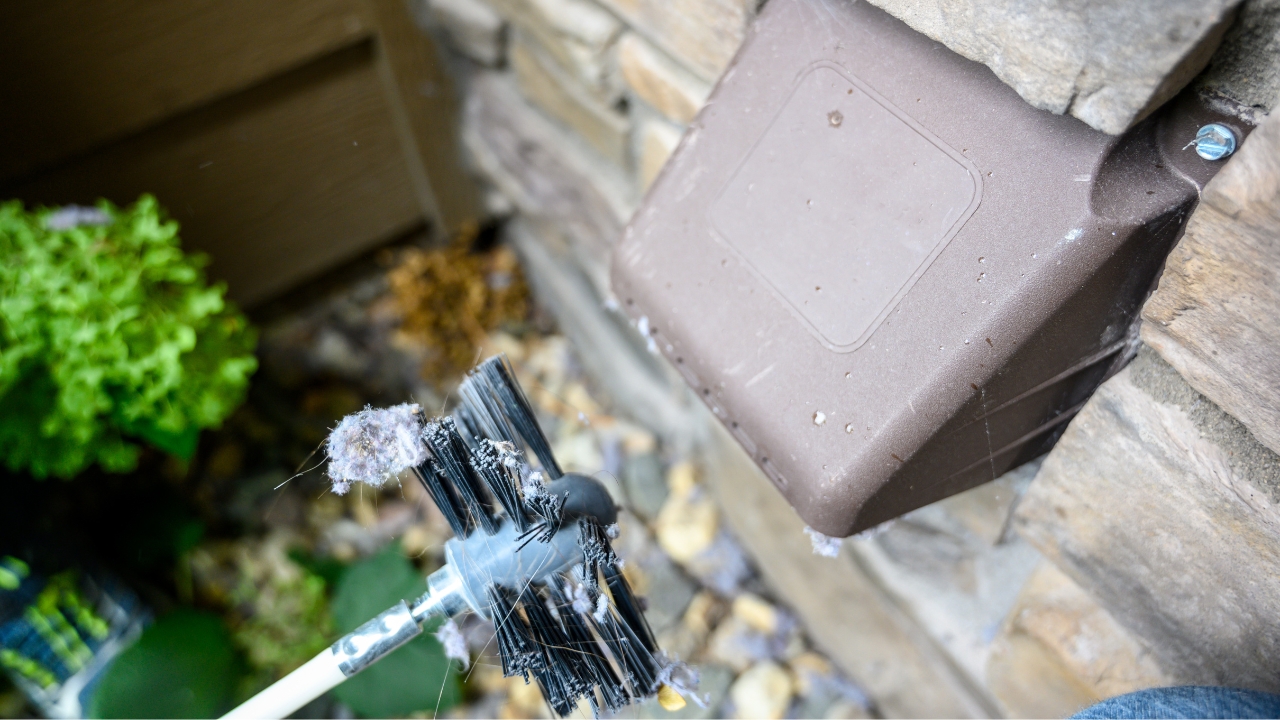10 Smart Updates That’ll Help You to Use Less Electricity
If your power bill’s been creeping up, you’re not alone. Between outdated appliances, sneaky standby power, and bad habits, it’s easy to waste more electricity than you realize. But you don’t need a full solar setup to start seeing a difference.
A few smart updates around the house—some big, some small—can cut back on usage and make things run more efficiently. These are the real changes that helped us use less power without making life more complicated.
Swap Out Incandescent Bulbs for LEDs

LEDs use a fraction of the electricity and last way longer. If you still have old-school bulbs in closets, lamps, or porch lights, go ahead and replace them.
You’ll see the savings show up month after month, and you won’t be constantly replacing burned-out bulbs. Look for soft white bulbs around 2700K for a warmer feel, or 4000K if you want something closer to daylight.
Install a Smart Thermostat

A smart thermostat learns your schedule and adjusts the temperature when you’re not home. That alone can cut your usage without you having to remember a thing.
Some models even show you energy reports or remind you when to change your filter. It’s an easy upgrade that keeps your system from running harder than it needs to.
Seal Up Air Leaks

Small gaps around windows, doors, and outlets can let in drafts and make your HVAC system work overtime. Sealing them helps keep the cool air in and the hot air out.
Use weather stripping, caulk, or foam gaskets—whatever fits the space. You’ll feel the difference quickly, and your AC won’t have to fight as hard to keep up.
Hang Dry Clothes When You Can

Dryers pull a lot of power, and hanging your clothes—especially heavier items like towels or jeans—can take a big load off your usage.
Even if you don’t have a full clothesline setup, a few indoor drying racks or hooks can help. Plus, your clothes will last longer without all that heat.
Use Power Strips for Electronics

Many electronics suck power even when they’re turned off. That includes TVs, gaming consoles, printers, and chargers. A power strip makes it easy to cut everything at once.
Flip the switch when you’re not using that setup. It’s a low-effort way to stop paying for electricity you’re not even using.
Set Your Water Heater to 120°F

Most water heaters come set higher than they need to be. Dialing it back to 120°F still gives you hot showers, but it takes less energy to maintain.
If your unit doesn’t have a digital display, use a thermometer at the tap to double-check. You won’t notice a difference in comfort, but your bill might look a little better.
Upgrade Old Appliances

That old fridge in the garage or the decades-old dishwasher might still run, but they’re usually pulling more power than they should. Modern models are far more efficient.
If you’re replacing something anyway, check for ENERGY STAR labels or compare wattage. The upfront cost often pays off in long-term savings—especially with daily-use appliances.
Clean Your Dryer Vent

A clogged vent doesn’t just slow down drying—it makes the machine work harder and use more electricity per cycle. It’s also a fire hazard, so it’s worth staying on top of.
Pull it off and clean it out every few months. You’ll get shorter dry times and better airflow, and your dryer will thank you for it.
Add Insulation Where You’re Lacking

Attics and crawlspaces are common places where insulation is too thin or missing altogether. If you can touch the insulation and see the floor joists, it’s probably not enough.
Adding a layer isn’t difficult, and it makes a huge difference in keeping temperatures stable. That means less run time for your heater and AC, which helps cut your usage year-round.
Install Motion Sensor Lights Outside

Outdoor lights are easy to forget about—especially ones on the side yard, garage, or porch. Swapping to motion sensor fixtures keeps them from running all night.
They’ll only kick on when needed, which saves power and can even be a little more secure. Pair them with LED bulbs, and you’re using way less energy without losing visibility.
*This article was developed with AI-powered tools and has been carefully reviewed by our editors.







